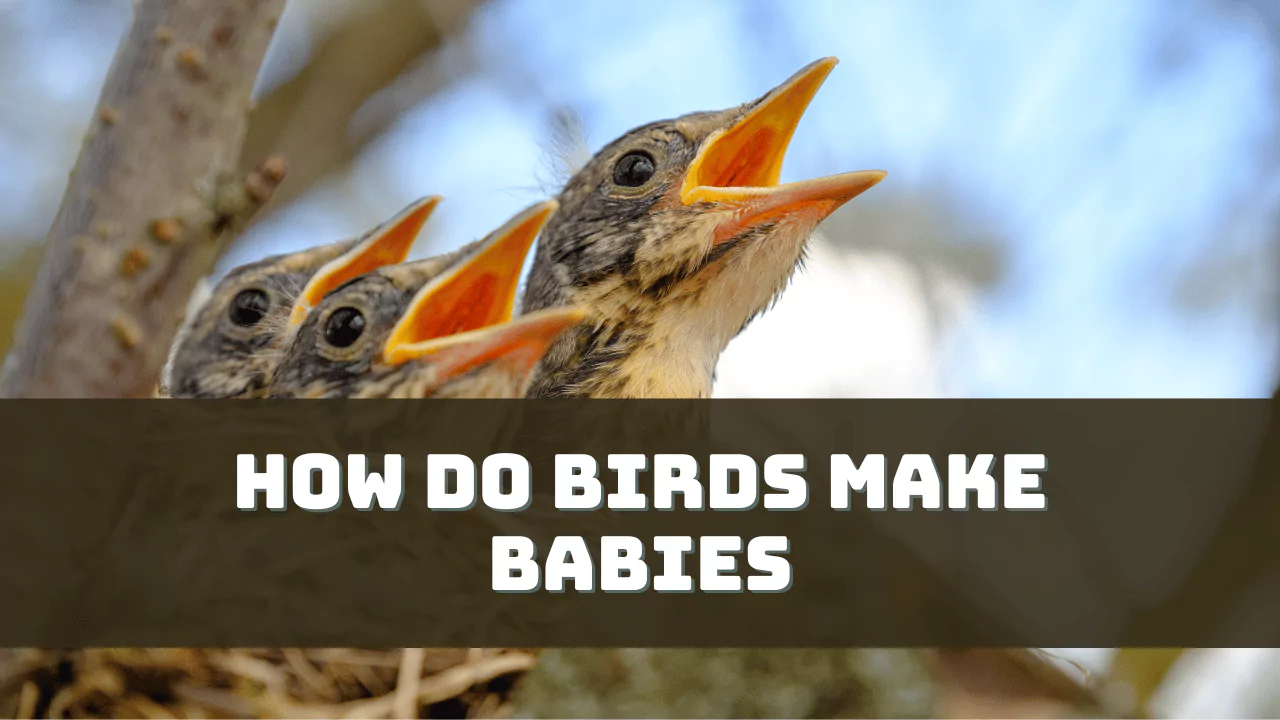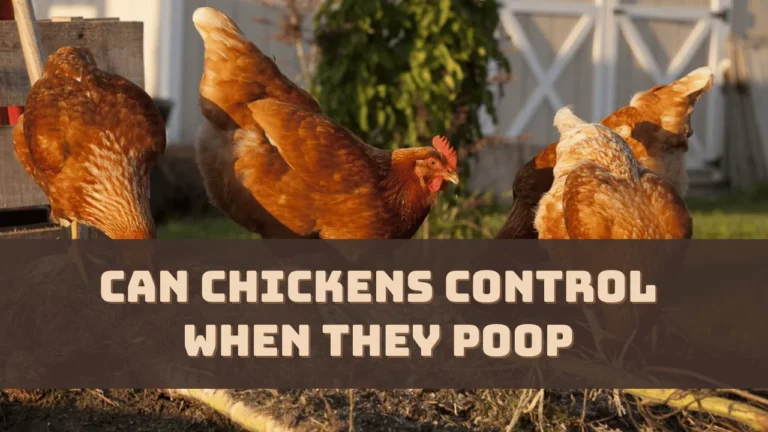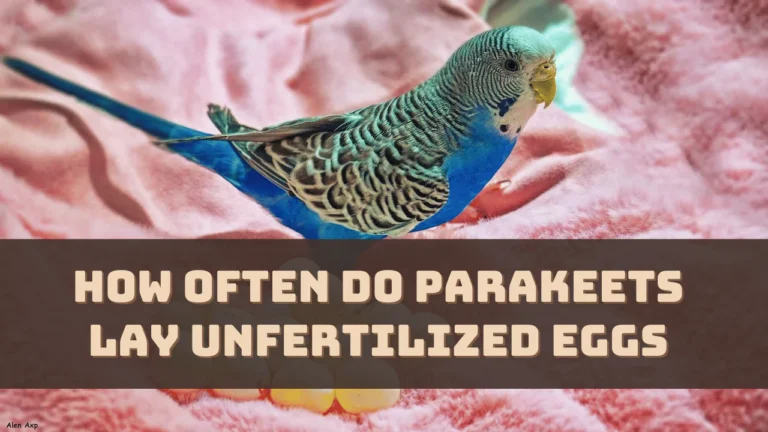Birds reproduce by laying eggs. This process involves the production of eggs inside the female bird, which are then deposited in a nest. Interestingly, in captive female birds, egg laying can occur without fertilization or the presence of a male.
All bird species follow a similar approach to motherhood, as none of them give birth to live young. The eggs are quickly formed, covered in a protective shell, and then incubated outside the bird’s body. Even single female birds can lay infertile eggs without the need for a male.
So, let’s dive in and get to know more about how do birds make babies.
What is the Mating Process of Birds?
Birds have a simple reproductive anatomy, where, in male and female birds, at the base of the tail feather, you will find a specialized opening called the cloaca and avian vent. This opening is connected to the sex organs – in males, it is called testes and in females, it is called ovaries.
During mating, the germ cells come in contact, when the female bird hunches down, moves her tail feathers to one side and the male bird arches down or curls the body downwards on the female bird. In this position, the cloacas come in contact and the germs cells get exchanged.
The cloaca remains undetected in other seasons but can be visible during the time of mating. Now, this act of passing sperm from the male bird to the female is known as a cloacal kiss or bird mating, which happens in less than a second.
What Happens After the Bird Chooses Their Partner?
Birds are seen mating several times within a week which helps to increase the chance of insemination. If the mating process is successful, then the sperm will reach the ovary to get fertilized and egg formation will take place.
Again based on the species of bird, either the male bird would stay to raise the babies or find another female mate. Even the female bird can choose to mate with different male birds, instead of selecting just one. Thus, it can be seen that the eggs laid have different male germ cells.
Usually, it is seen that, when a female and male bird come into courtship, they remain together for years. The female birds prepare the nest and lay their eggs there, which they protect and meanwhile, the male bird brings food for the female, and also for the babies after they hatch. The nesting sites are kept secluded from the noise and away from predators.
Difference in the Mating Process for Water Birds
Water Birds, such as Ducks, have different ways of mating which involves penetration. However, the rest of the process, such as positioning and exchange of germ cells remains the same. The male water birds have a developed penis or it can be said that the cloacal wall is extended. During mating, the male cloacal reaches the female’s specialized organ for fertilization.
However, the only problem is that the female duck’s cloaca stays below the surface of water increasing the chances of washing away the sperm. Thus, there are only 1-2 % of successful passing of semen, during normal bird mating. Next, based on the species of bird, after successful fertilization, the egg will be laid either within a few days or it will take a few weeks.


![Can Ducks Have Celery? [Explained] 7 Can Ducks Have Celery](https://masterbirds.com/wp-content/uploads/2024/02/can-ducks-have-celery-768x432.webp)

